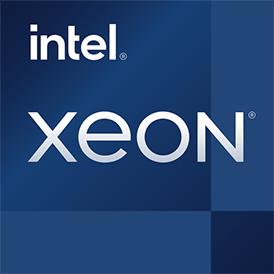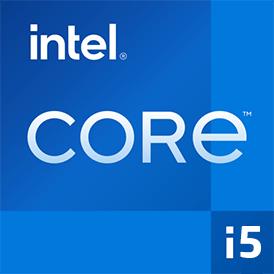 Estimated results for PassMark CPU Mark
Estimated results for PassMark CPU Mark
|
|
Intel Xeon E-2286G
6C 6T @ 4.0 GHz
|
13631
|
|
|
Intel Core i5-8300H
4C 8T @ 2.3 GHz
|
7504
|
 Geekbench 6 (Multi-Core)
Geekbench 6 (Multi-Core)
|
|
Intel Xeon E-2286G
6C 6T @ 4.0 GHz
|
7088
|
|
|
Intel Core i5-8300H
4C 8T @ 2.3 GHz
|
3776
|
 Geekbench 5, 64bit (Multi-Core)
Geekbench 5, 64bit (Multi-Core)
|
|
Intel Xeon E-2286G
6C 6T @ 4.0 GHz
|
7056
|
|
|
Intel Core i5-8300H
4C 8T @ 2.3 GHz
|
3401
|
 Geekbench 6 (Single-Core)
Geekbench 6 (Single-Core)
|
|
Intel Xeon E-2286G
6C 6T @ 4.0 GHz
|
1708
|
|
|
Intel Core i5-8300H
4C 8T @ 2.3 GHz
|
1254
|
 Geekbench 5, 64bit (Single-Core)
Geekbench 5, 64bit (Single-Core)
|
|
Intel Xeon E-2286G
6C 6T @ 4.0 GHz
|
1379
|
|
|
Intel Core i5-8300H
4C 8T @ 2.3 GHz
|
1026
|
 Cinebench R20 (Single-Core)
Cinebench R20 (Single-Core)
|
|
Intel Xeon E-2286G
6C 6T @ 4.0 GHz
|
482
|
|
|
Intel Core i5-8300H
4C 8T @ 2.3 GHz
|
397
|
 Cinebench R15 (Single-Core)
Cinebench R15 (Single-Core)
|
|
Intel Xeon E-2286G
6C 6T @ 4.0 GHz
|
214
|
|
|
Intel Core i5-8300H
4C 8T @ 2.3 GHz
|
169
|

